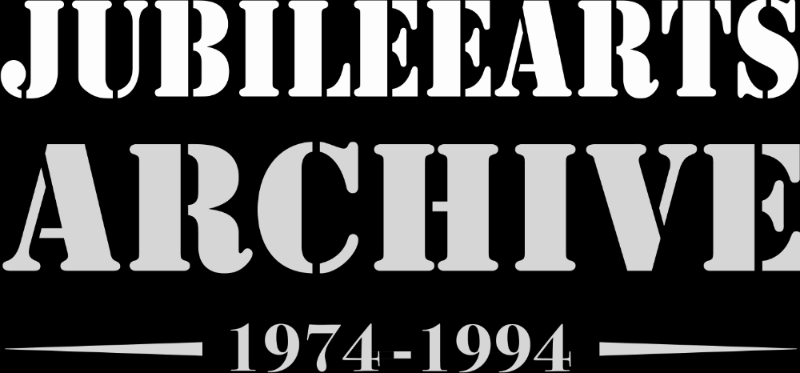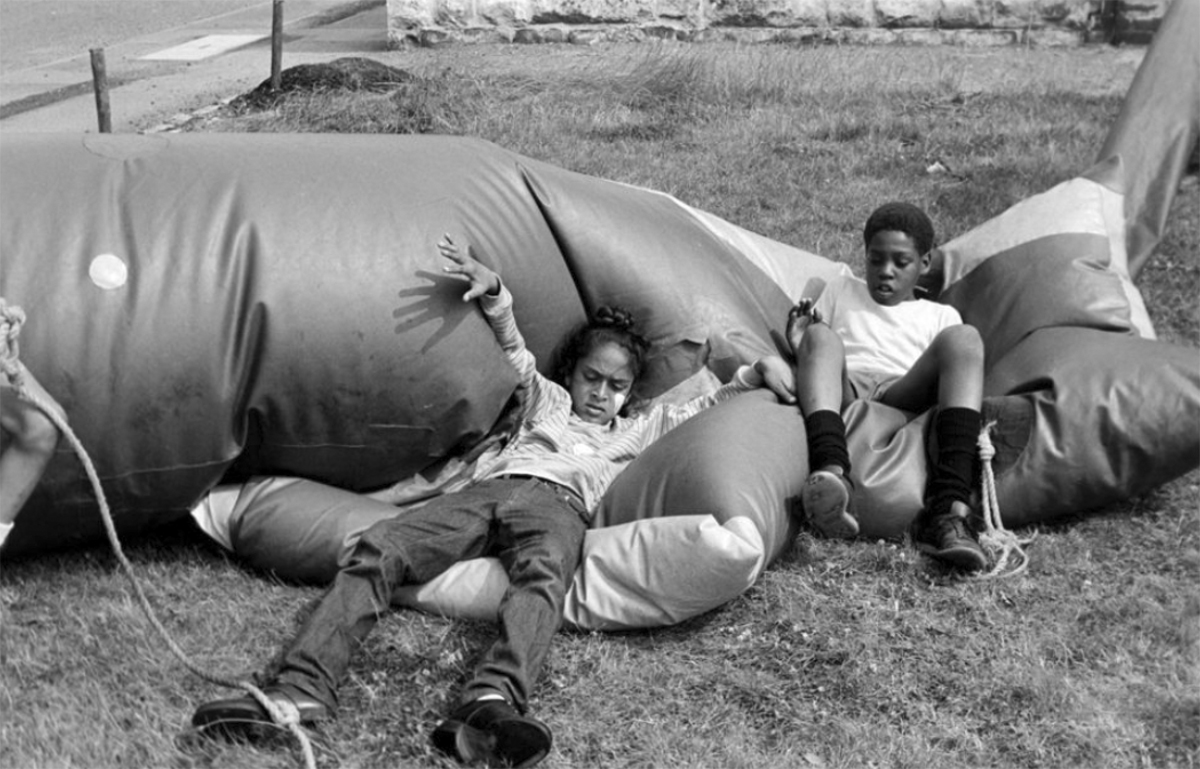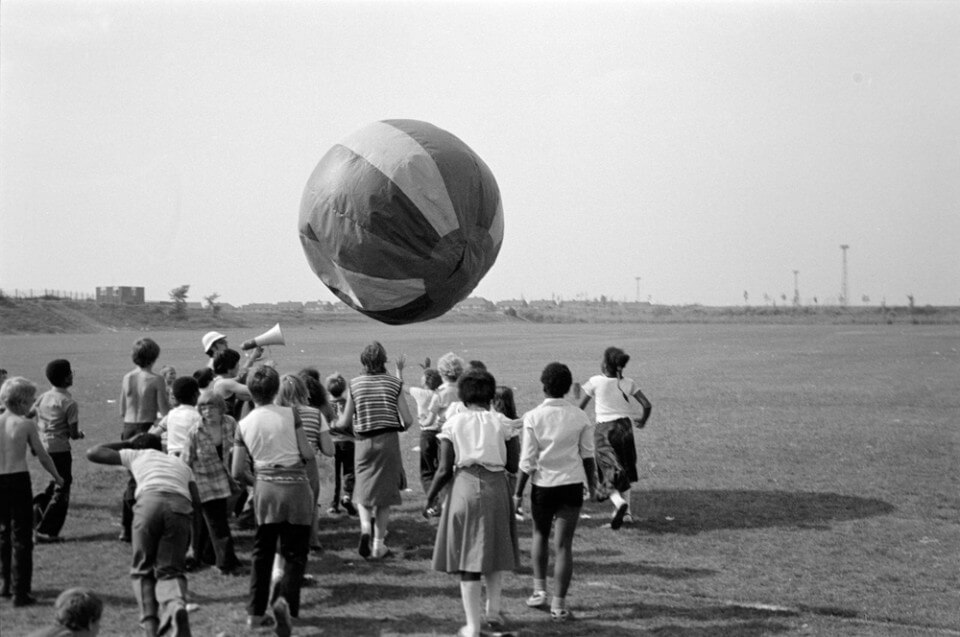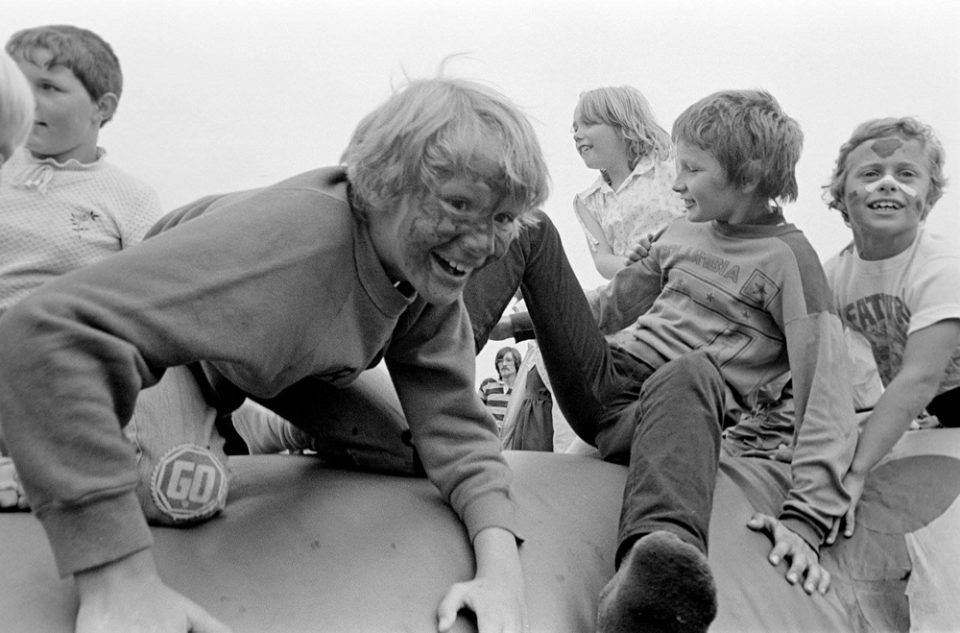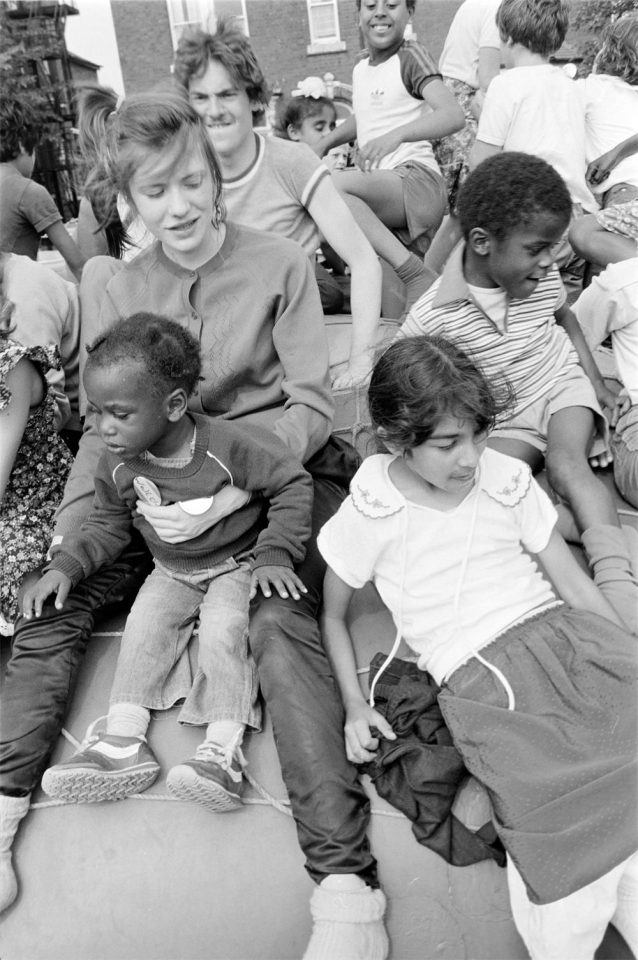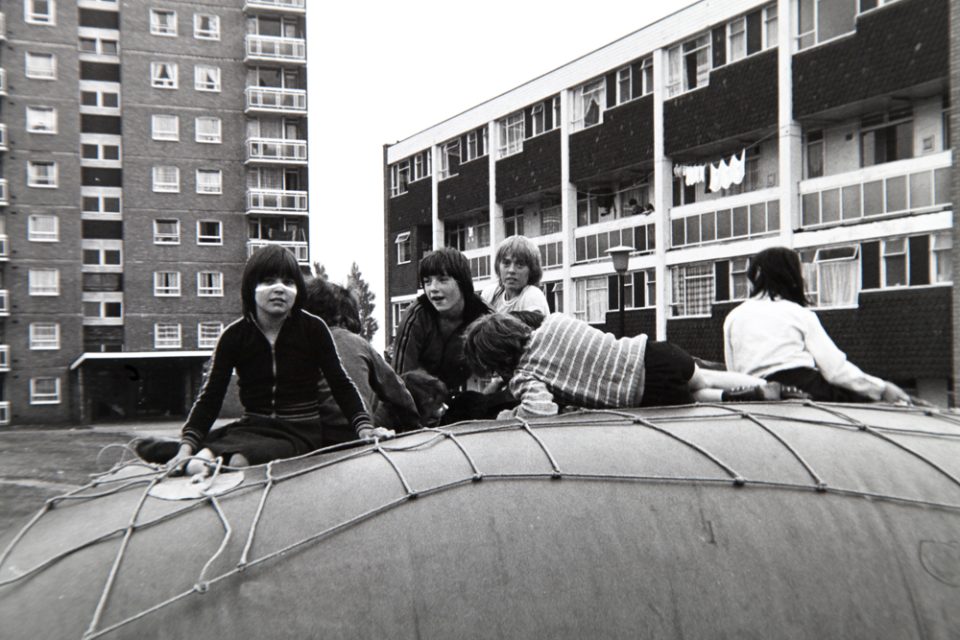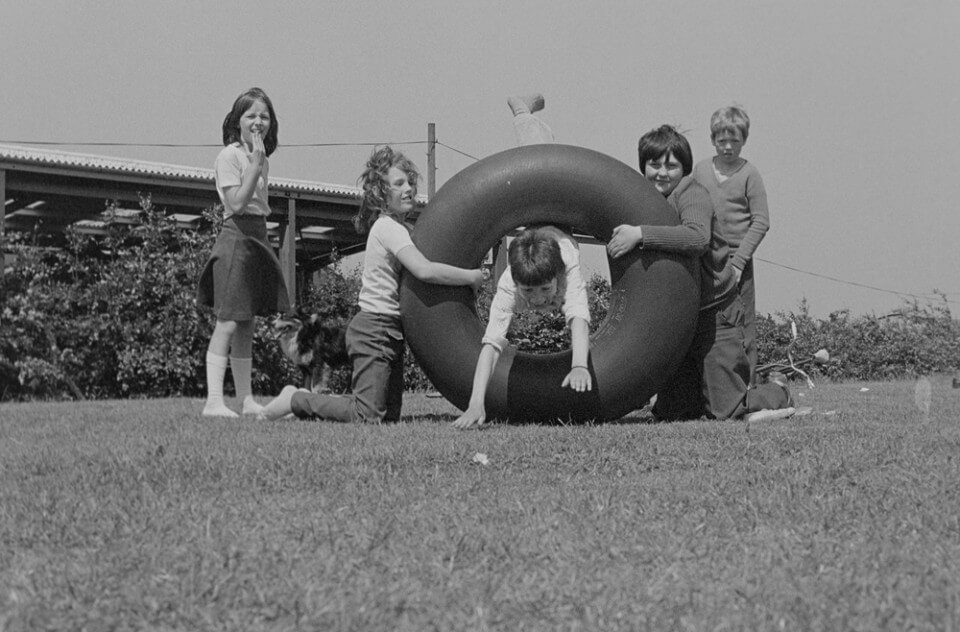The first bus worker, Kate Organ, attended a community arts conference in Newcastle in January 1979, coming back enthused with new ideas from this national networking event. It was, she reported to the Jubilee Management Committee, ‘doubly valuable in so far as it introduced us to new practical ideas as well as allowing us to tackle issues such as feminism and the broader political aims of community arts.’ She was about to take out the Bus for the first time, which – after painting and internal refurbishment – was now housed at the West Midlands Transport Oak Lane garage. ‘It is exciting to rediscover,’ she wrote, ‘that its very presence can cause a great deal of interest and many ideas as to its use have been forthcoming from the workforce at the garage. (Not all lewd). Getting to know its idiosyncratic ways (such as the fact that the engine stop button merely succeeds in turning on the headlights) is not as terrifying as thinking about it was.’
Of that time she recalls: “We were always fannying about with different things, like using a parachute. As I recall, it was another example of us being quite eclectic and open minded to learning about what others were doing, so I’ve no doubt we came across the parachute and the ‘New Games’ movement from our trip to Newcastle to mix with all those other Playbus and arts people. It was certainly more play than arts, but I think we were also trying to find things to do with the Bus that wouldn’t involve a whole production number and could be handled by the two of us as the newly appointed bus workers.”
Inflatables were another item Jubilee utilised as part of their play events; made from PVC, they were inspired in part by artist led groups such as Action Space, a London based organisation established in 1968 who built their own large-scale inflatable structures for ‘happenings’. Saltley Print and Media, another community arts group in Birmingham, helped Jubilee make their first inflatables, which proved a roaring success.
Some of the playworkers Jubilee worked with had a somewhat less than pleasurable experience using inflatables. In a handwritten memo to Sam Spittle of the Playleaders Department, A.J. Tappenden wrote:
‘On the 30-9-79 Julie, Ray, Steve and I took the astrobounce to Menzies playing fields. We had to operate without tickets. Towards the end of the session we had complaints from about 50 children that they had paid their money but not had their turn on the astrobounce. It is possible that 3 or 4 may have been telling the truth but not all 50 of them. The children started to chant “We want our money back”. This I refused to do. The ranger arrived with a cash bag and a seal so I handed the money over to him in the sealed bag. No. WBC 29228. The total cash was £34.10. We then started to put the astrobounce away and the children began throwing stones and grass at the van and spitting on the windscreen. They then tried to let the tyres down on the van. I caught the culprit a boy named Clive and frightened him by telling him I was taking him to the police station. He apologised so I let him go. However this did not work and the children tried to tip the van over. The police were called and we left it in their hands after telling them we did not want to press charges.’
Jubilee did not charge money for having a go on their inflatable , so perhaps setting an unfortunate precedent as far as play leaders were concerned; though Jubilee did insist on children helping them deflate it by rolling on it, folding it up, securing the ropes, then neatly storing it back in the Playbus. Nevertheless, Kate Organ noted: “Health and Safety hadn’t been invented back then and we counted it as inevitable that someone would take a child to casualty at least once a week… but that was the ethos of Adventure Play!”
